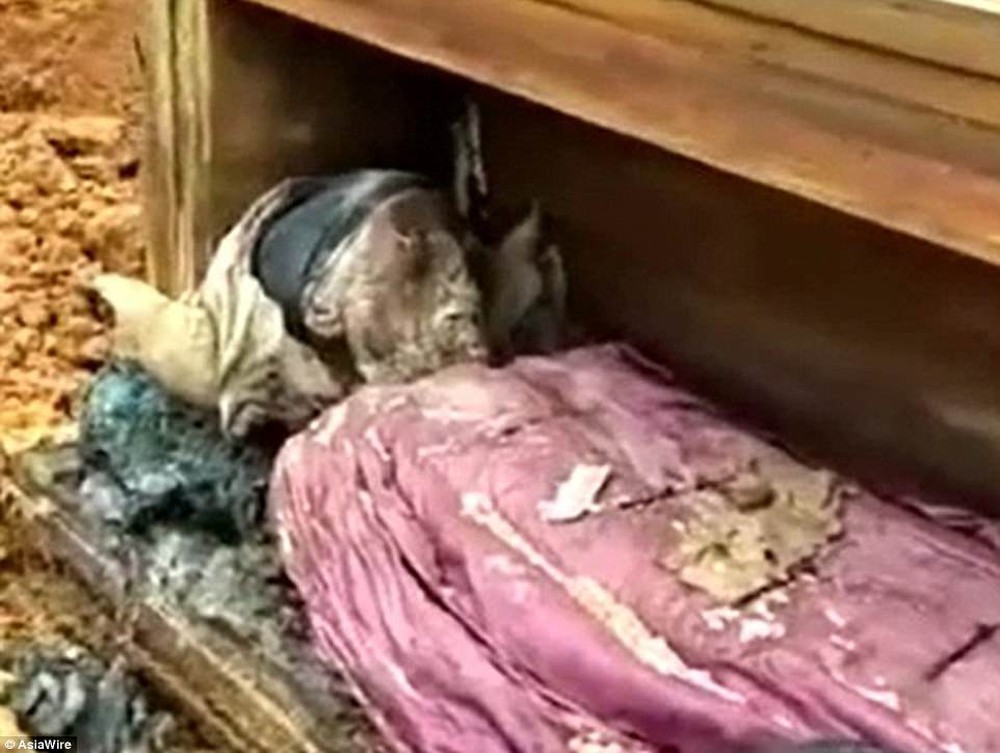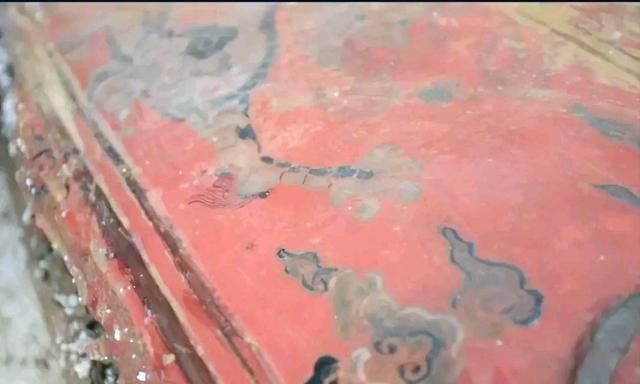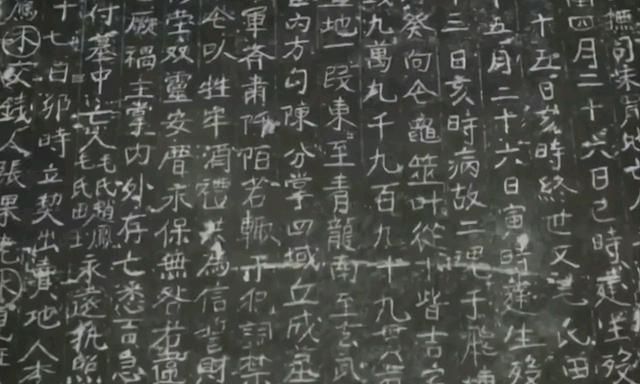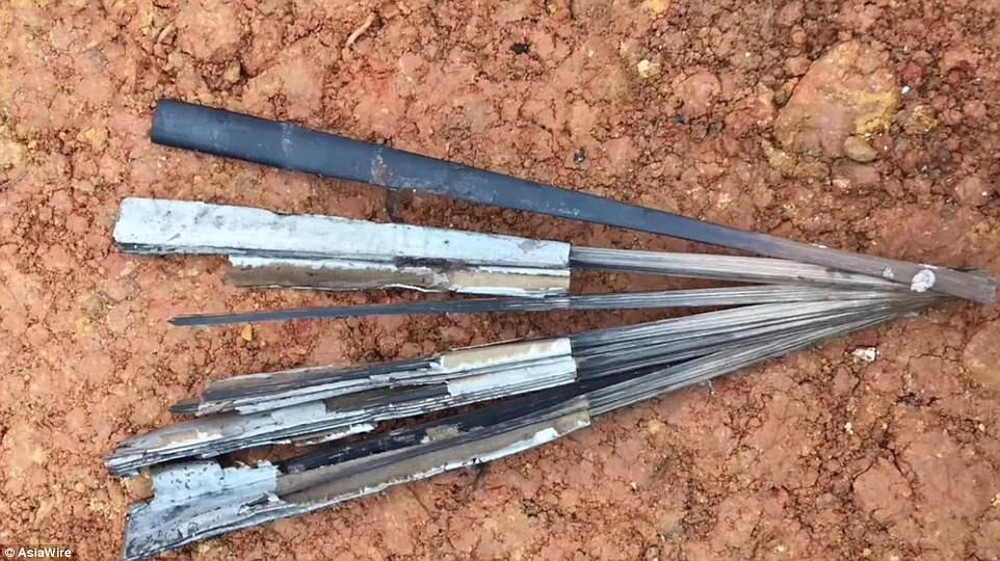Guizhou, China is renowned for its numerous unexplored ancient ruins, making accidental discoveries of artifacts such as tombs and temples a common occurrence even today.
In 2018, a man in Guizhou accidentally discovered an ancient tomb right under his house’s foundation. But the amazing thing is that inside the tomb there is a coffin with many special carvings.
This leads many people to speculate that the owner of the above grave is definitely not an ordinary person. So who is that character?
According to specific information from Sina news site, in 2018, a farmer in Ung An district, Guizhou was digging the foundation to rebuild a house on his land when he accidentally dug many stone slabs lined up.

However, the people here do not have the custom of paving stones to build houses. So where do these stones come from?
To find out the truth, the landowner and a few villagers together pry up a stone. However, at that moment, a strong odor immediately emanated from below.
After this unpleasant smell dissipated, the landowner looked down and discovered that underneath the stone was a red coffin.
This made him panic because he did not expect that his old house had been lying on a grave for so long.

After asking all the elders in the village but still couldn’t find the identity of the tomb, this person reported it to the local cultural relic management board.
Through preliminary survey, this ancient tomb has a small scale, the coffin is buried relatively shallow. So according to their initial speculation, this is one of a normal family, not worth research.
However, after conducting excavations, archaeologists were surprised to discover that the coffin was located under the exquisitely crafted stone slab, and above it was also engraved with the image of four spirits.
However, the strange thing is that the order of arrangement of the four spirits on this coffin is different from the usual. Moreover, the dragon on it is a five-clawed dragon that only the Emperors of old could use.
So is this the tomb of a certain king in Chinese history?

However, experts assert that this possibility is very low, because the burial of the Emperor could not have been so casual, and local documents also do not record anything about any king being buried there. This.
After conducting excavations, they finally found a stele with the identity of the owner of the tomb. This person is Mao Trieu Phong – an “An phu ti” in Thao Duong, Ba Chau, ancient Sichuan.
In ancient times, An phu ti was a local government official appointed by the court, mainly in charge of ethnic minority areas.
However, due to geographical distance, high-ranking officials rarely visit these remote areas. Therefore, the private palaces are almost the “child kings” in the place they manage.
This also explains why a small tomb of a local mandarin appears both Tu Linh and the image of a five-clawed dragon.

Not stopping there, archaeologists also found here more than 20 pieces of jewelry inlaid with gems and pearls lying inside the coffin.
These were identified as possibly items given by Hoang to the An Phu Tii with the surname Mao.
Although the owner of the tomb is only a local official, the above discovery has provided a lot of knowledge as well as research value for archeologists in this country.

The fan was found in the coffin.








